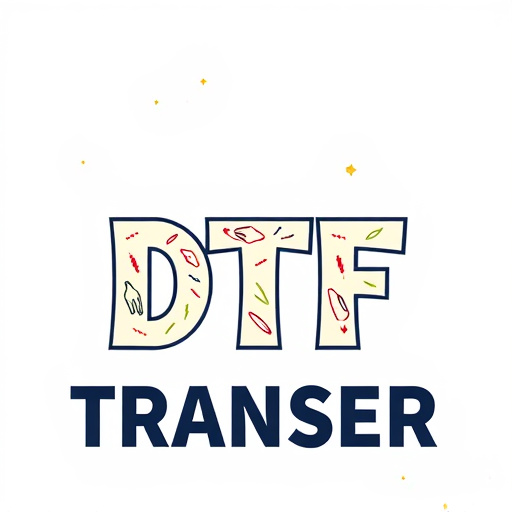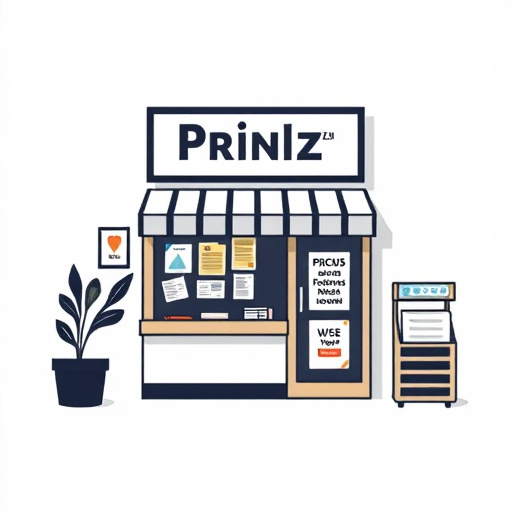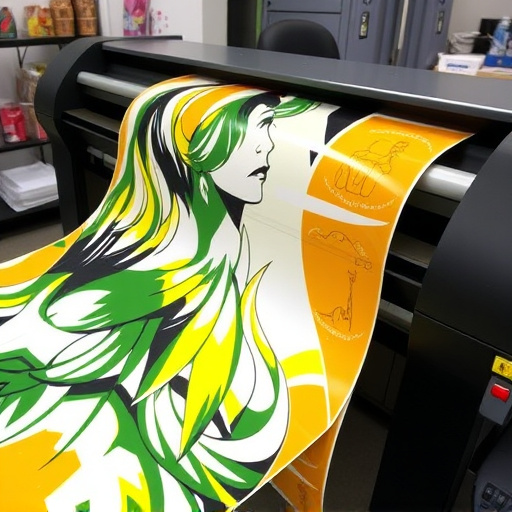The DTF Industry Growth has disrupted garment manufacturing, driving demand for dtf for t-shirts and heat press applications. While innovation challenges quality control in new techniques like dtf printing for dark fabrics, skilled labor shortages and equipment bottlenecks hinder production efficiency. Strategic investments, skill development, and collaboration are crucial to overcome these hurdles and sustain the industry's momentum. Effective supply chain management through expanded networks, advanced inventory systems, and international partnerships addresses demand strain. Regulatory compliance focusing on product safety, material quality, and ethical sourcing is vital for consumer trust while balancing innovation and regulation for a thriving DTF market.
The rapid expansion of the DTF industry has brought about significant changes, but not without challenges. As demand soars, this article delves into the critical issues impacting the sector’s growth. From supply chain strain to regulatory concerns and consumer protection, each aspect demands careful consideration. Understanding these obstacles is vital for navigating the dark side of the DTF industry’s surge, ensuring a sustainable future despite its bustling landscape.
- Rapid Growth: The Dark Side of DTF Industry Expansion
- Supply Chain Struggles: Meeting Demand for DTF Products
- Regulatory Challenges and Consumer Protection
Rapid Growth: The Dark Side of DTF Industry Expansion
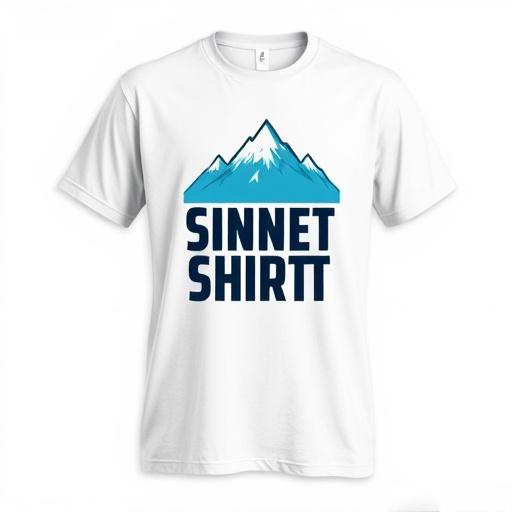
The rapid expansion of the DTF (Direct to Fabric) industry has brought about significant changes in the garment manufacturing landscape, but it’s not without its challenges. As demand surges, especially for dtf for t-shirts and heat press applications, the industry faces a multitude of obstacles that could hinder its sustainable growth. One of the primary concerns is keeping up with the pace of innovation while ensuring quality control. With new techniques like dtf printing for dark fabrics emerging to cater to diverse fabric needs, the pressure to deliver consistent, high-quality prints on various materials increases exponentially.
Moreover, the rapid growth has led to a shortage of skilled labor and specialized equipment. As the industry expands globally, there’s a growing need for trained professionals who understand the intricacies of DTF printing processes. This demand outpacing supply temporarily creates bottlenecks, affecting production efficiency and timely deliveries. Despite these challenges, the future looks bright for the DTF industry, provided stakeholders address these issues through strategic investments, skill development, and collaborative efforts to sustain its momentum.
Supply Chain Struggles: Meeting Demand for DTF Products
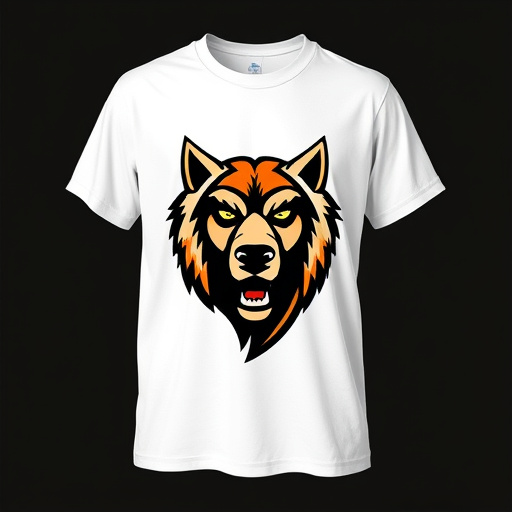
As the DTF Industry Growth surges, one of the primary challenges lies in navigating the complex web of supply chain management to meet the insatiable demand for DTF products. The rapid popularity of direct-to-garment (DTF) printing has led to a significant increase in orders for custom t-shirts, hoodies, and other apparel items, putting immense pressure on suppliers and manufacturers. This surge in demand often translates into longer lead times, increased costs, and potential shortages of raw materials and specialized equipment required for DTF printing processes.
To keep up with the trend, many businesses are turning to innovative supply chain strategies. This includes diversifying supplier networks, adopting advanced inventory management systems, and exploring new manufacturing partnerships worldwide. For instance, some companies specialize in offering fast turnaround times for DTF printing of custom t shirts or hoodies, ensuring that clients receive their orders promptly despite high production volumes. These adaptive measures are crucial to sustaining the momentum of the DTF industry while maintaining customer satisfaction levels amidst growing expectations.
Regulatory Challenges and Consumer Protection
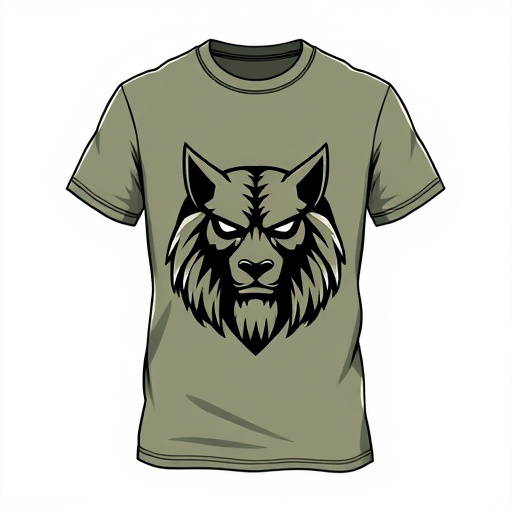
As the DTF Industry Growth surges, regulatory challenges and consumer protection become increasingly vital considerations. With the rapid adoption of direct-to-film (DTF) printing for hoodies and custom DTf transfers, businesses must navigate complex legal landscapes to ensure compliance. The industry’s growth has led to a corresponding rise in concerns about product safety, material quality, and ethical sourcing practices. Stringent regulations are being implemented to safeguard consumers from potentially harmful substances used in the manufacturing process, ensuring that personalized items like direct to film personalized hoodies meet specific safety standards.
Meetings these regulatory demands requires businesses to invest in robust quality control measures, transparent supply chains, and comprehensive product testing. By adhering to these guidelines, the DTF industry can foster consumer trust while reaping the benefits of its growth surge. This balance between innovation and regulation is crucial for sustaining a healthy and vibrant market for dtf printing for hoodies and custom DTf transfers.
While the DTF Industry’s rapid growth presents significant opportunities, it also introduces challenges that must be addressed. Supply chain strain and regulatory hurdles threaten to undermine the industry’s progress unless effectively managed. As demand continues to rise, stakeholders across the spectrum must collaborate to ensure sustainable and responsible growth, fostering a vibrant future for this dynamic sector while protecting consumers.
